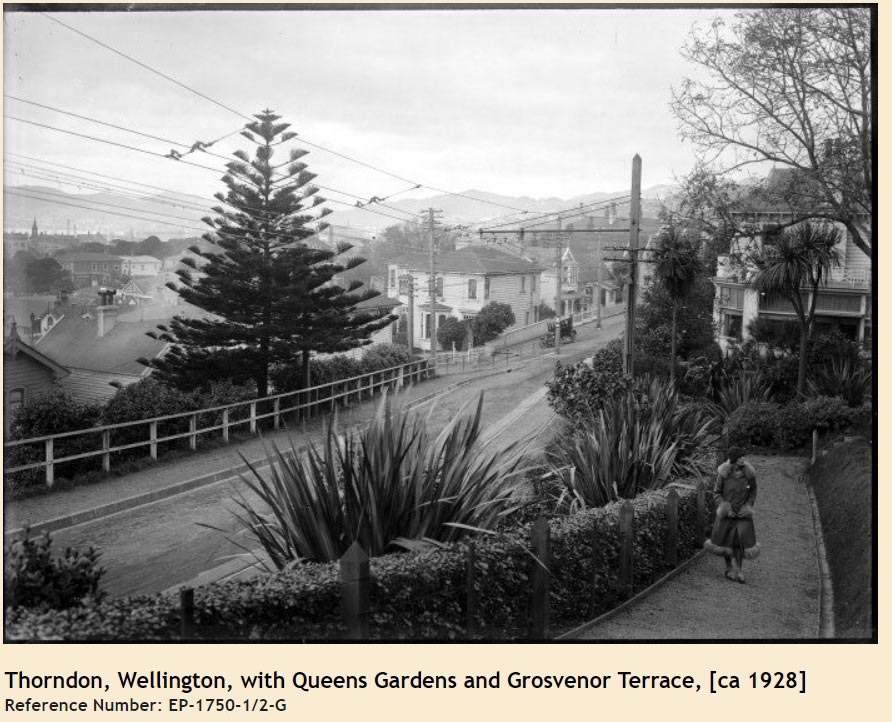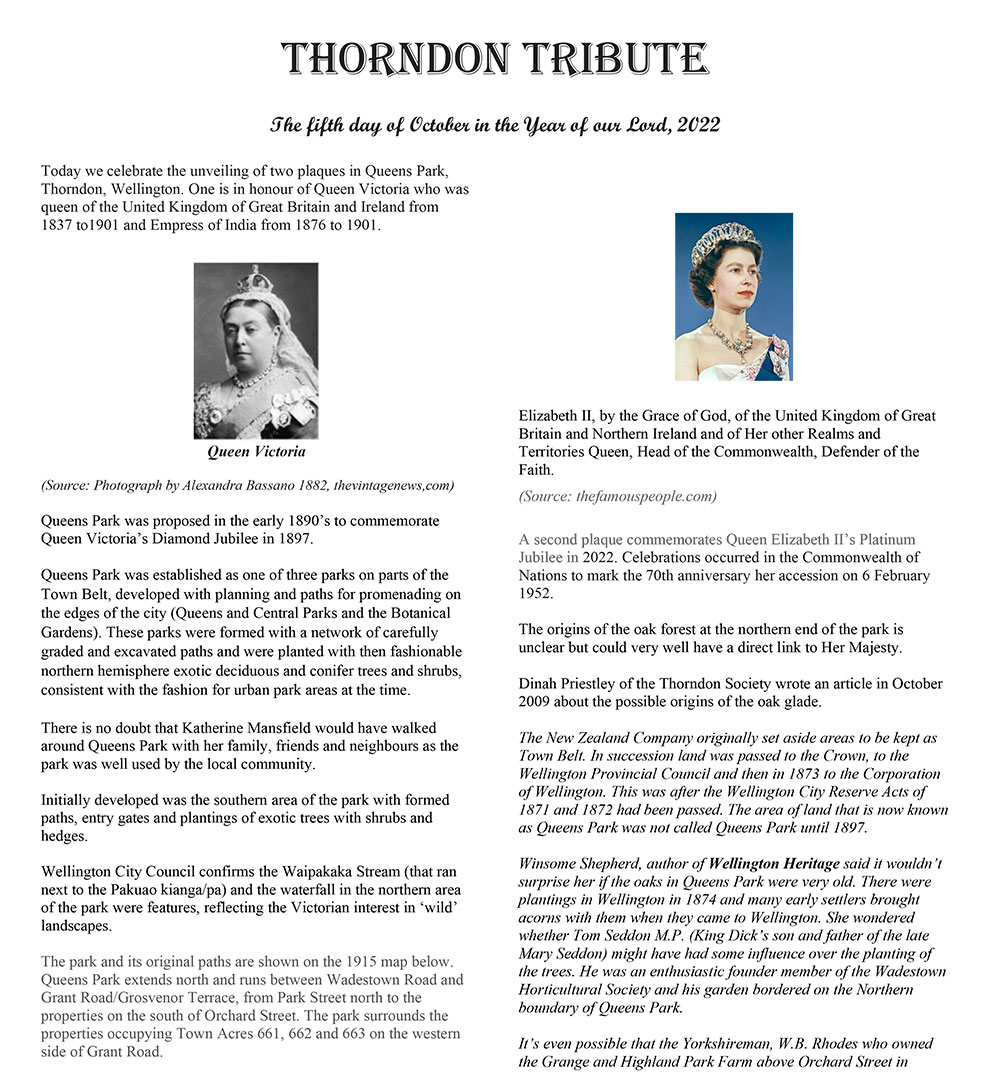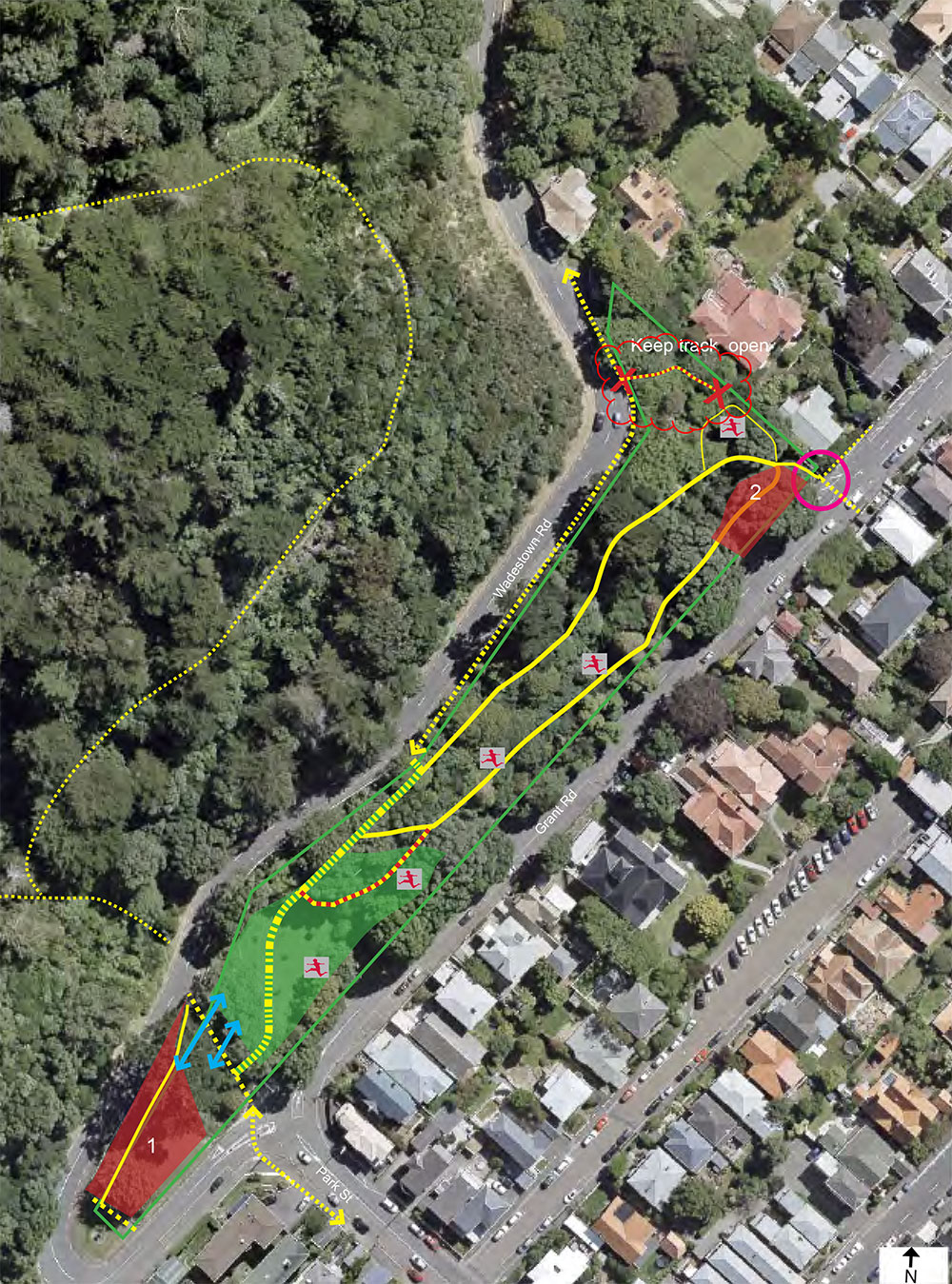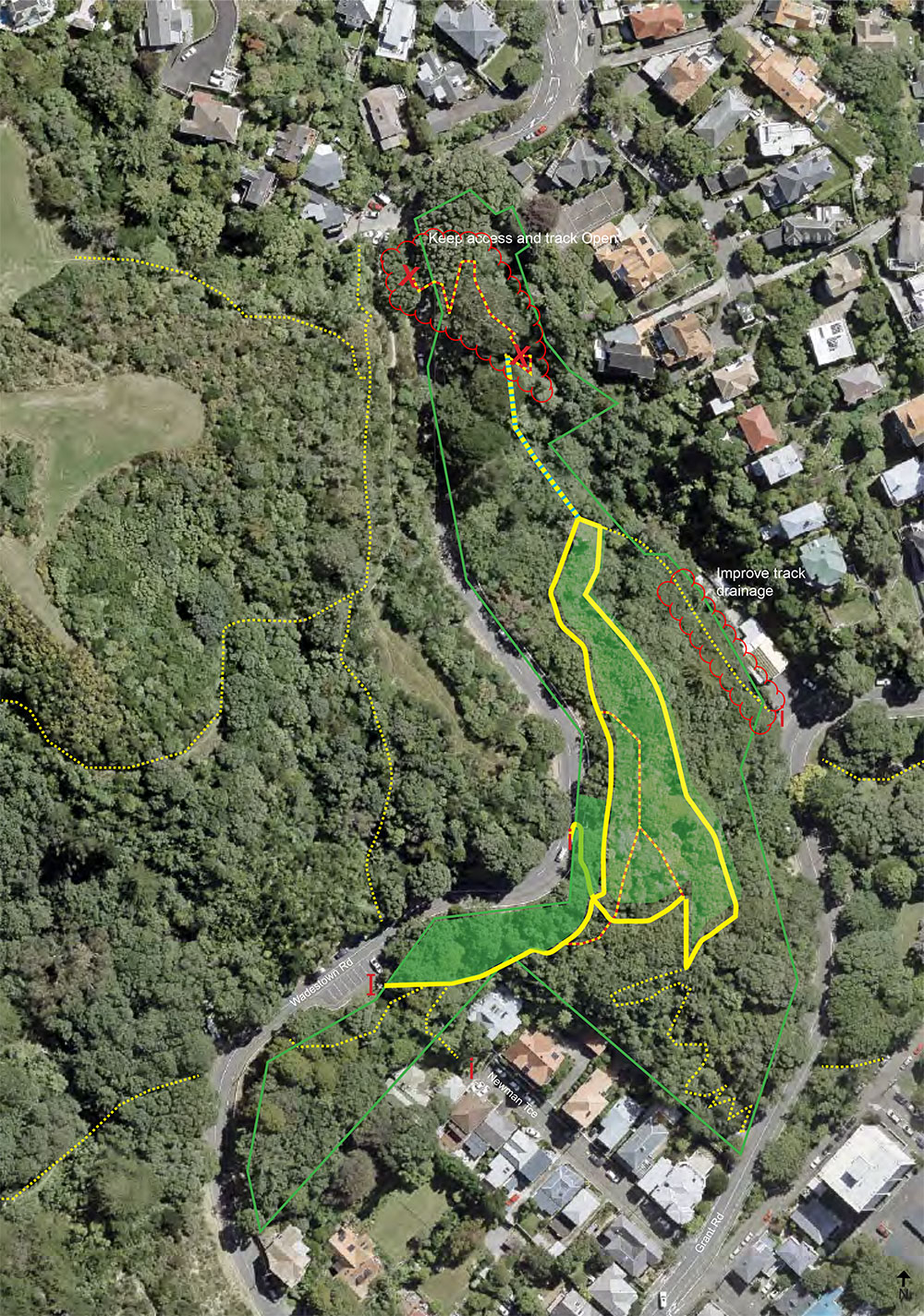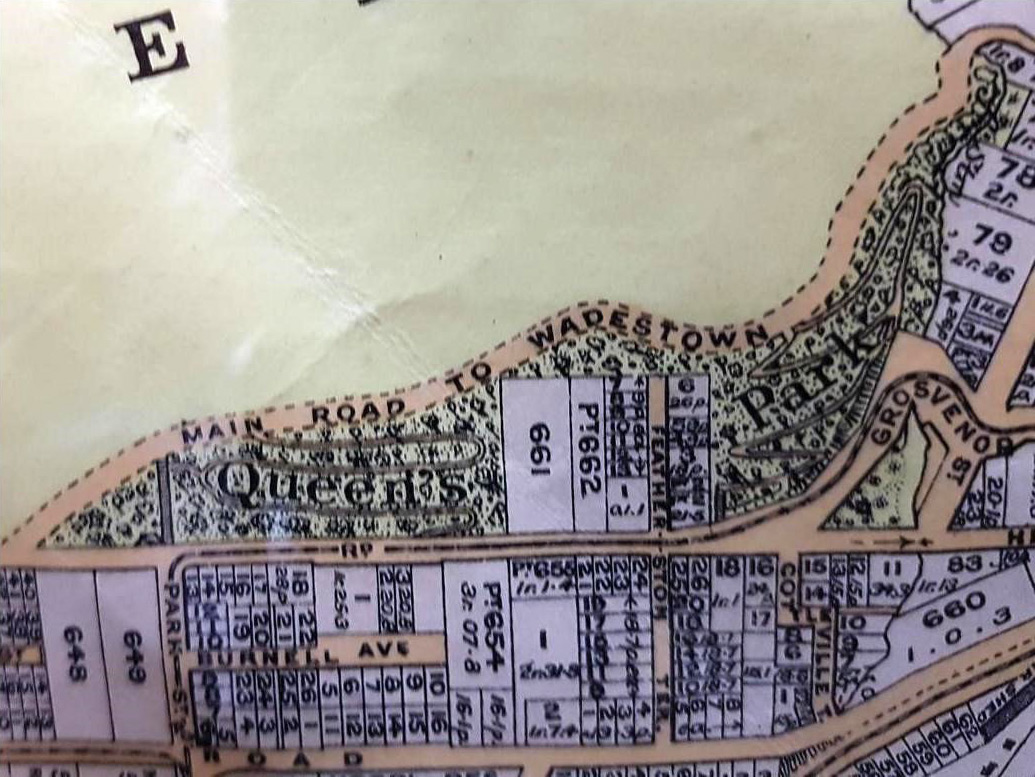2025 Queens Park Working Bee Schedule:
Saturday 22 February
Sunday 16 March
Saturday 12 April
Sunday 18 May
Saturday 14 June
Sunday 20 July
Saturday 30 August
Sunday 28 September
Saturday 18 October
Sunday 16 November
Saturday 13 December
The Thorndon Residents Association and a number of Thorndon and Wadestown residents have been working with the Wellington City Council towards rejuvenating Queens Park which, since its formation over 120 years ago, has become sadly neglected over the past couple of decades. Working Bees include planting, weeding and other maintenance.
10AM – 12 Noon weather permitting.
We usually meet near the top of the Park Street steps.
All very welcome.
Just turn up and join us, and/or email Peter Steel at
Phone 021 244 1850 to get email notifications.
We will try to reschedule when we have bad weather – potentially the day before, if the weather forecast allows this, or after a cancellation, we will shift the gathering to the following day or the following weekend.
CONCEPT PLAN 2020
In December 2019, there was a Workshop with Cheryl Robilliard of PAOS which discussed potential improvements and upgrading for the Park. The summary sheets presented at the Workshop are shown below.
By December 2020 the Queen’s Park Development Concept Plan was available. The plan incorporates ideas gathered from community feedback and it provides the design concept with a development overview which includes illustrated details for improvements in the distinctive areas of Queen’s Park.
Click on this link to view the Queen’s Park Development Concept Plan (2020).
Wednesday 5th October 2022
Her Excellency, The Rt Hon Dame Cindy Kiro, GNZM, QSO, Governor-General of New Zealand and Dr Richard Davies joined the Friends of Queen’s Park and the Thorndon Residents Association to fulfil the late Sovereign’s wish to see oak trees in this little park in Te Whanganui-a-tara.
Plaques were unveiled in memory of Queen Elizabeth II and Queen Victoria. This is part of the staged revitalisation of Queens Park by residents who meet there once a month (Friends of Queens Park).
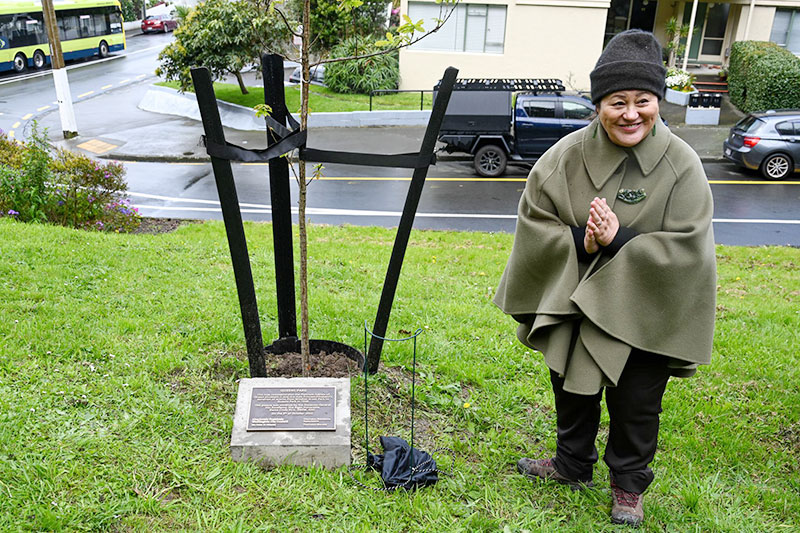
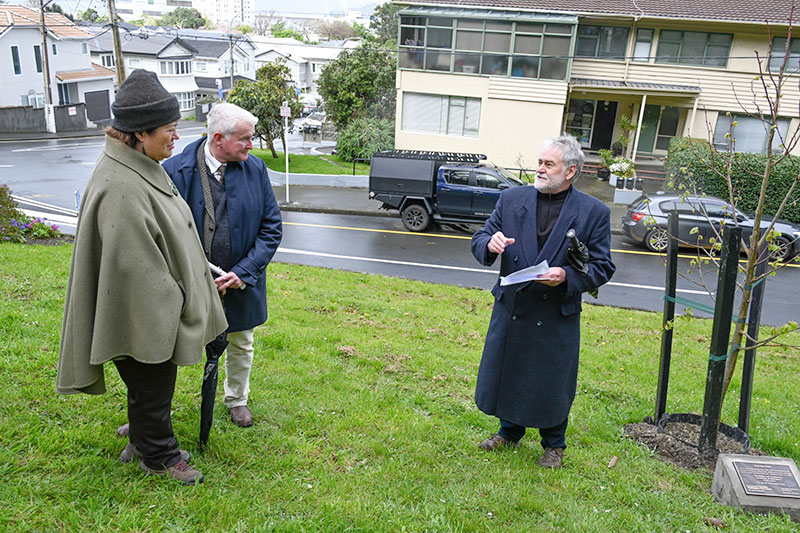
Click here to read Peter Steel’s speech. Peter is the Coordinator of the Friends of Queens Park and led the plaques project.
Click the image below to view the commemorative poster authored by Chrissy Murcott. One each was presented to Her Excellency and the Mayor as a memento to the unveiling ceremony.
Read the Government House blog post – Queen’s Park Oak Planting.
Saturday 15th August 2020
Yesterday’s working bee undertook some more planting to supplement the effort started last month. Very pleasing to see we had a 100% strike rate last time. We added some more infill planting amongst last month’s planting effort.

Of course a break for coffee is an enjoyable part of our two hour stints. On this occasion Peter coordinated coffees from Mojo just down the road. This was the safe way to do it with L2 Covid restrictions. It was a stunning winter morning to stand in the sun in the garden comparing notes. Helping grow a sense of community is a key role of the Residents’ Association and this is a splendid way for residents to meet one another and learn a little more about our community.
Anyone is welcome. Just turn up or if the weather is dodgy give Peter a call to confirm.
A huge rhododendron tree in flower at present provides a colourful carpet on one of the popular paths through Queens Park. It’s flowing canopy stands out like a beacon visible for great distance across Thorndon’s rooftops.
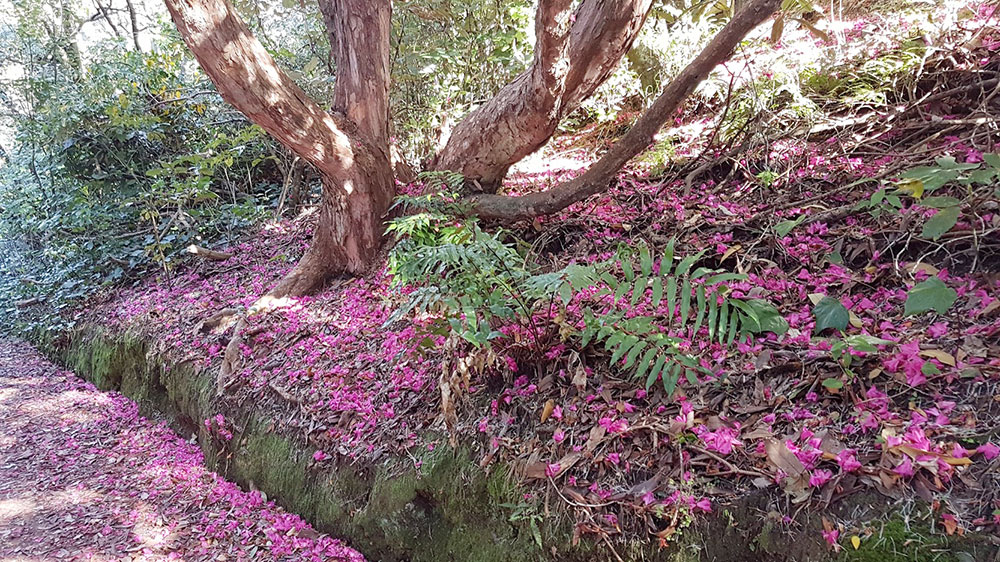
A Good Turnout on Saturday 13th June 2020 – It’s Time to Start Planting!
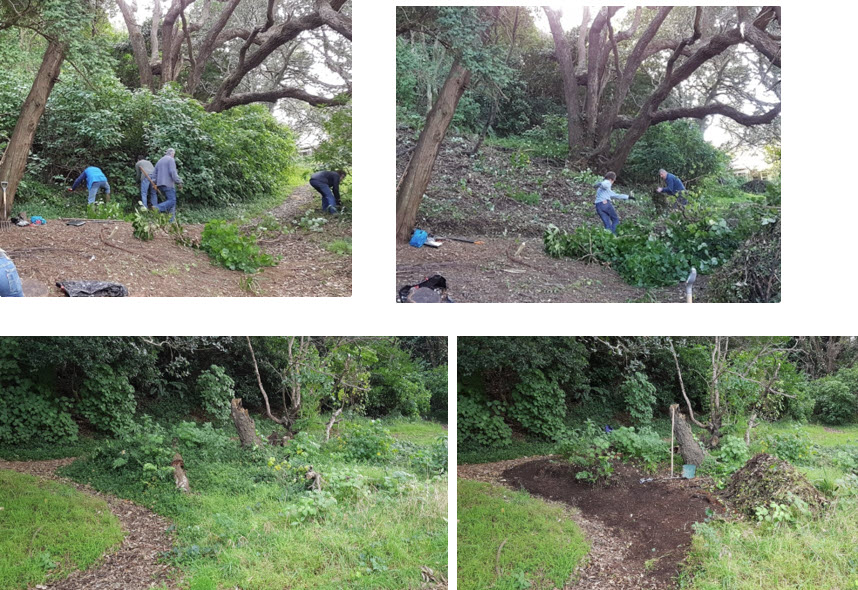
Progress made at the last working bee held on 24 February – our first for 2020.
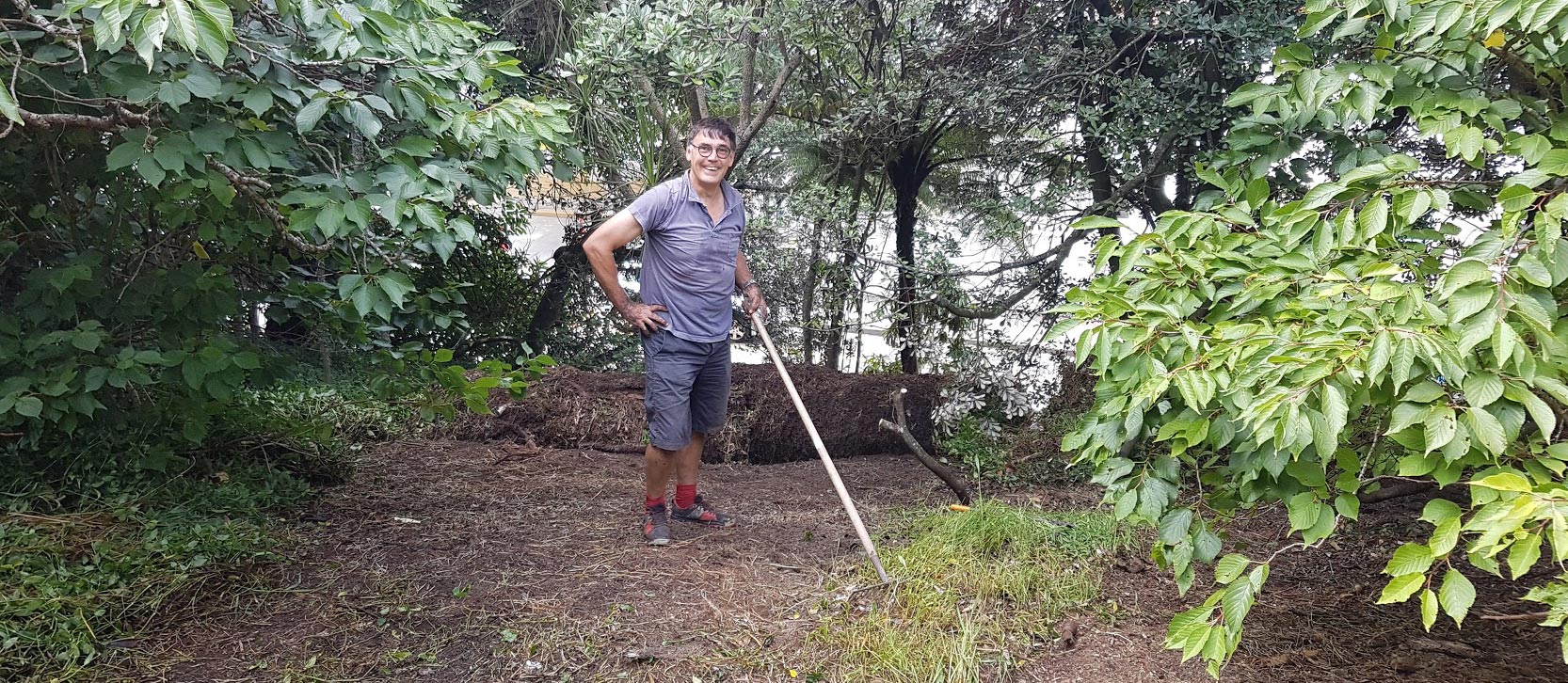
These photos show Peter Steel ‘on a roll’ attacking the tradescantia (wandering willie) weed.
This environmental weed, originally from South America, causes major problems under trees and in bush reserves. It forms thick mats of vegetation in moist, shady areas within bush reserves which stop new seedlings of trees and shrubs from establishing. It can also cause allergic skin reactions in dogs and other animals running through the foliage.
Tradescantia can be difficult to get rid of once established. But as can be seen in the photos the working bees have made significant progress on verges of one of the lawns.
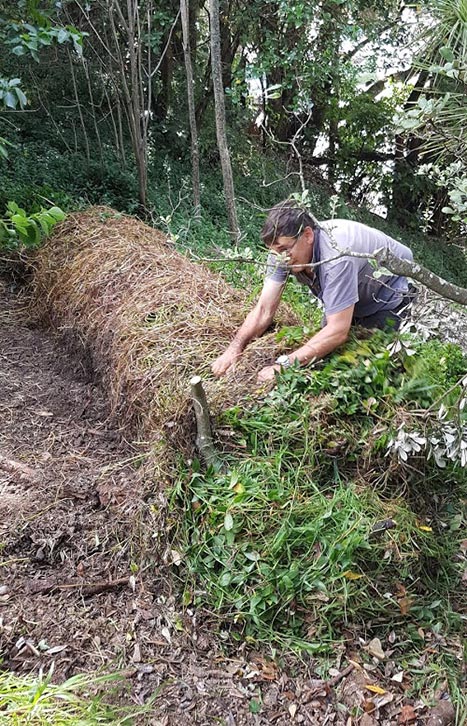
QUEENS PARK WORKSHOP DECEMBER 2019
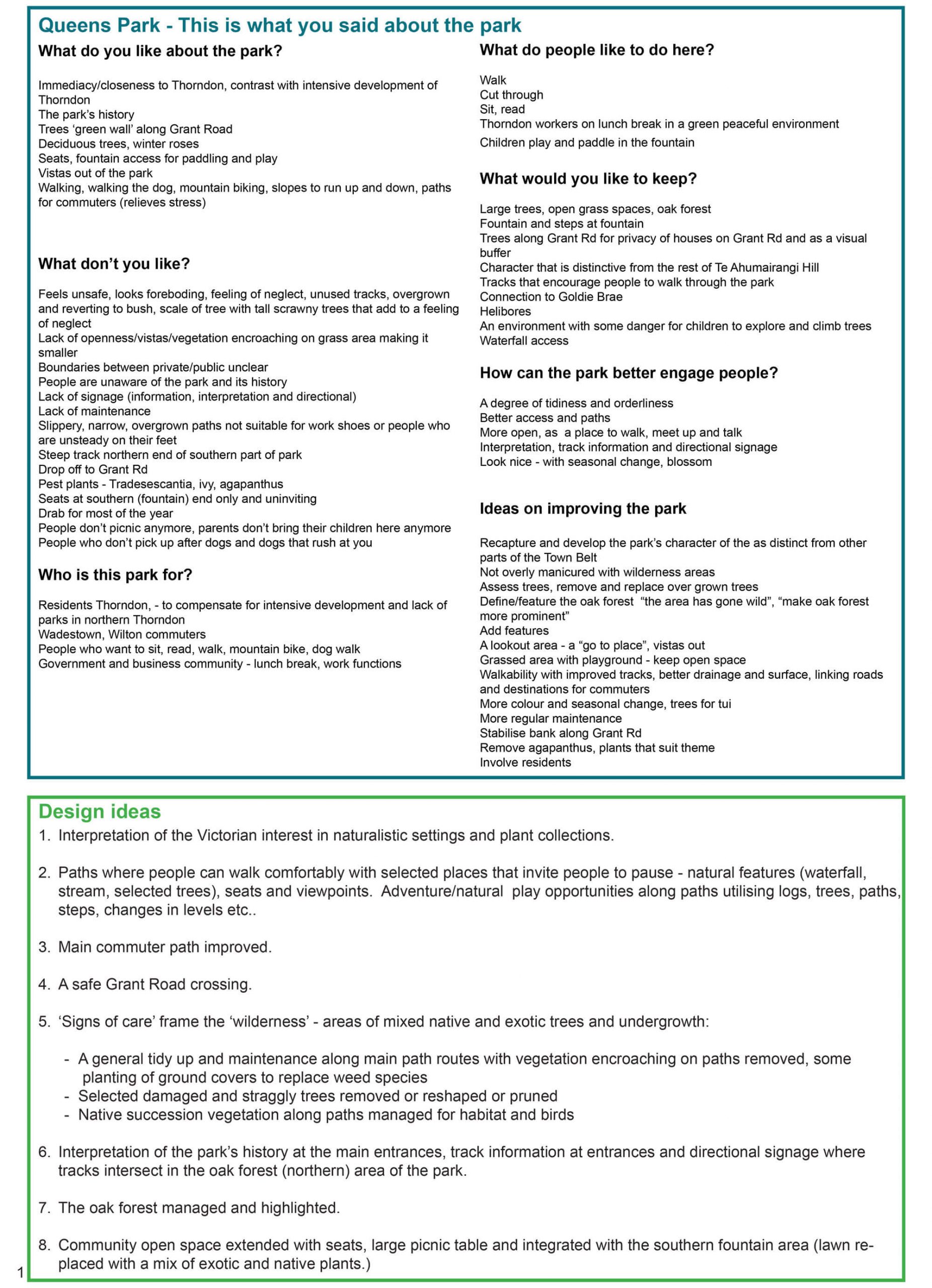
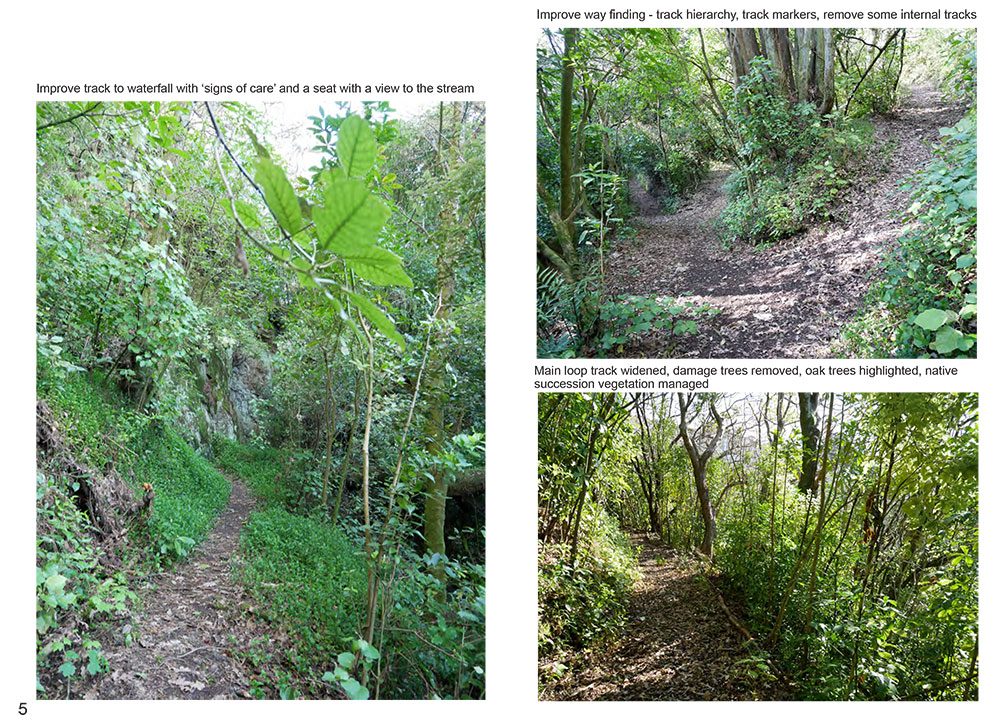
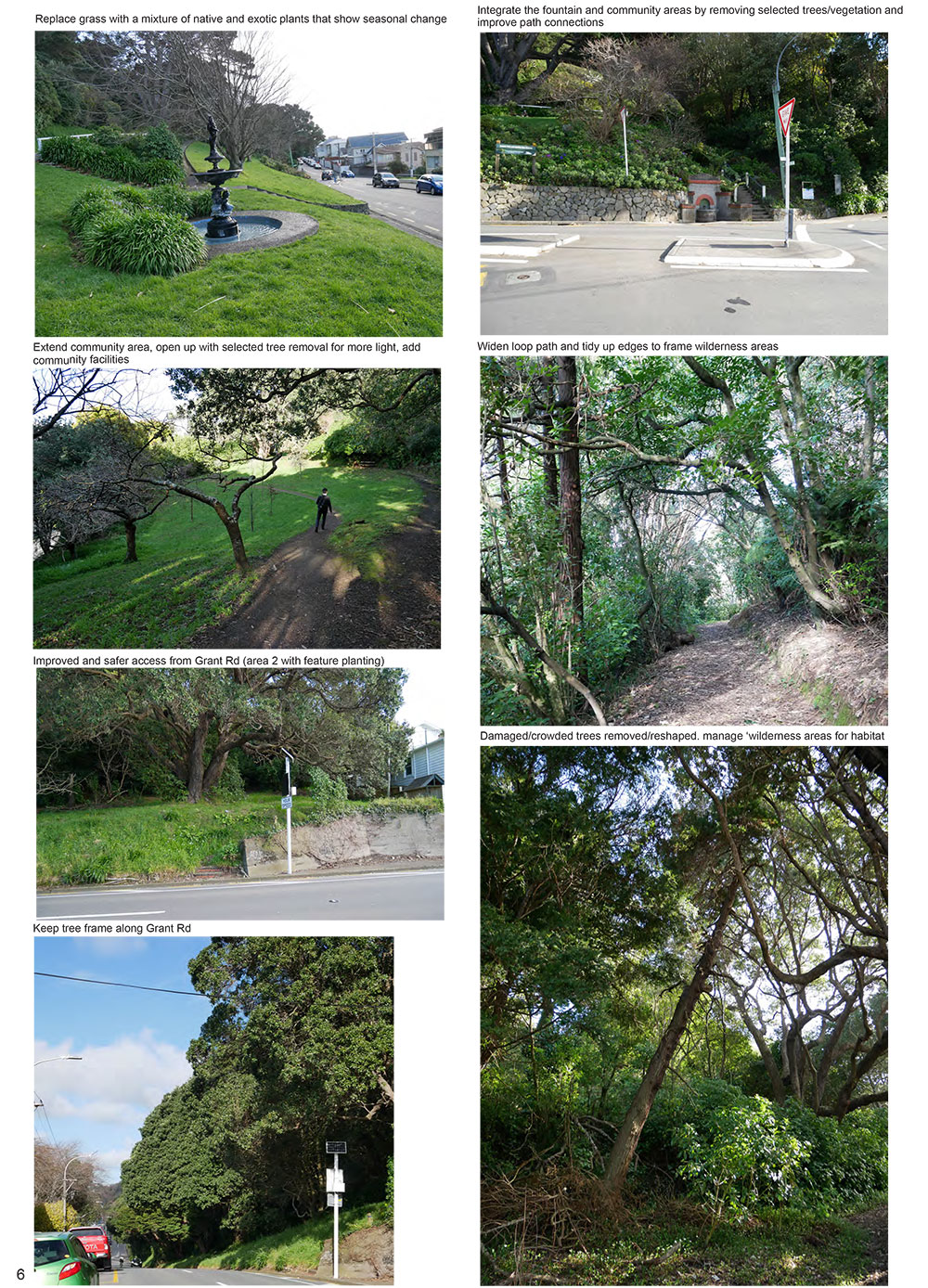
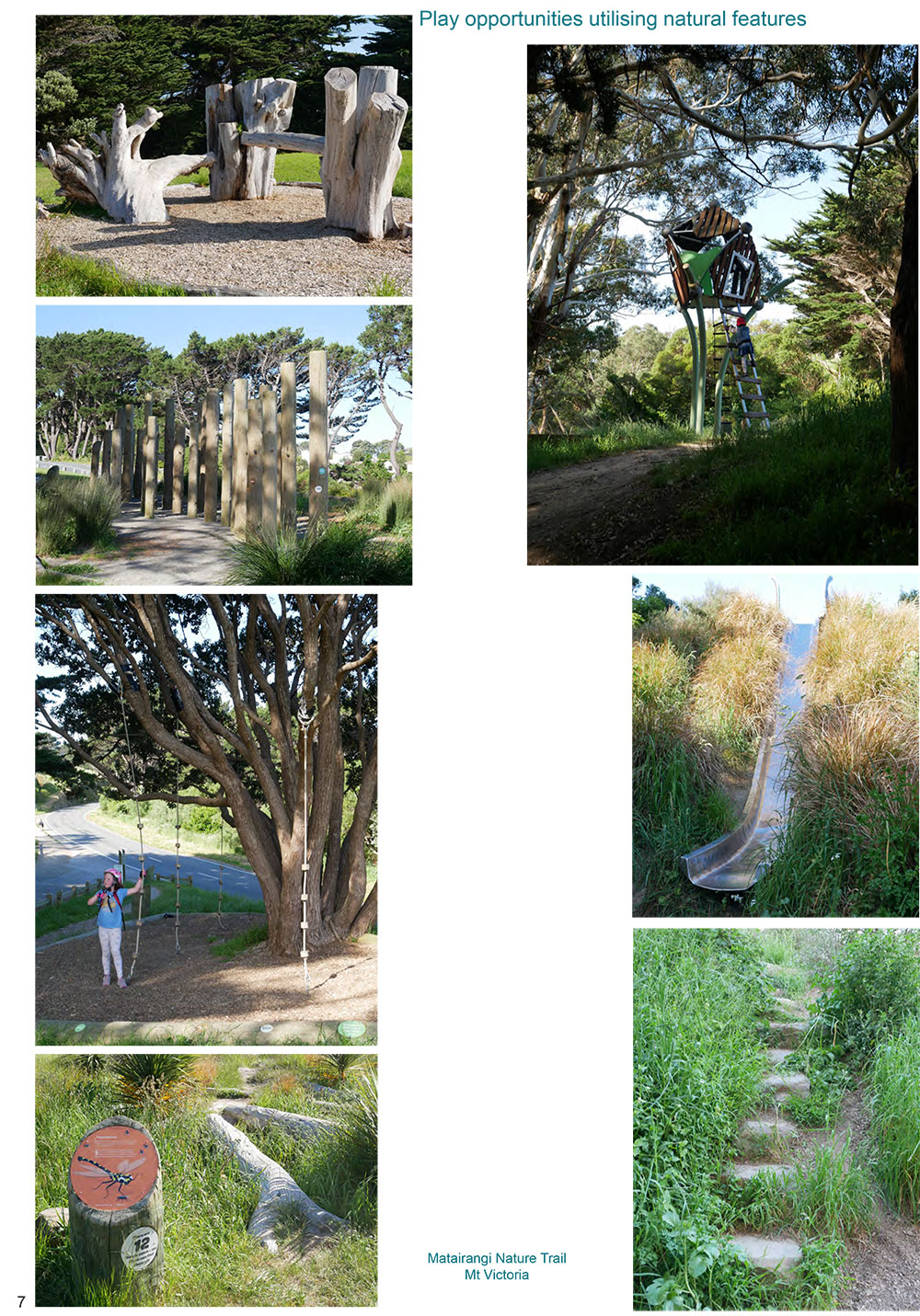
QUEENS PARK WORKING BEES
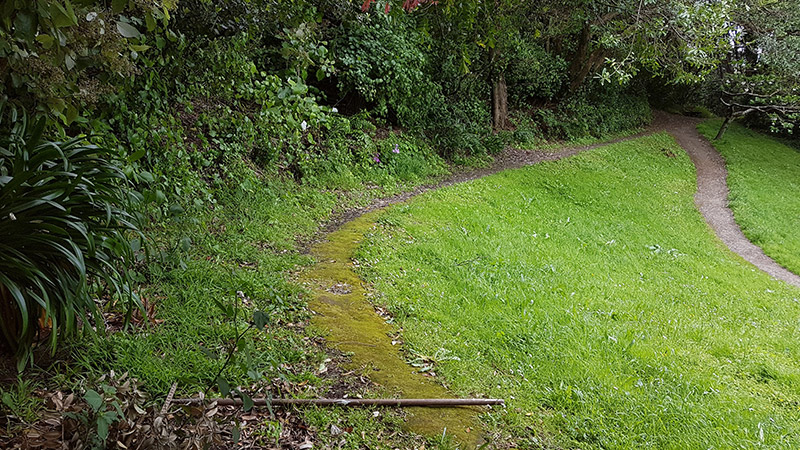
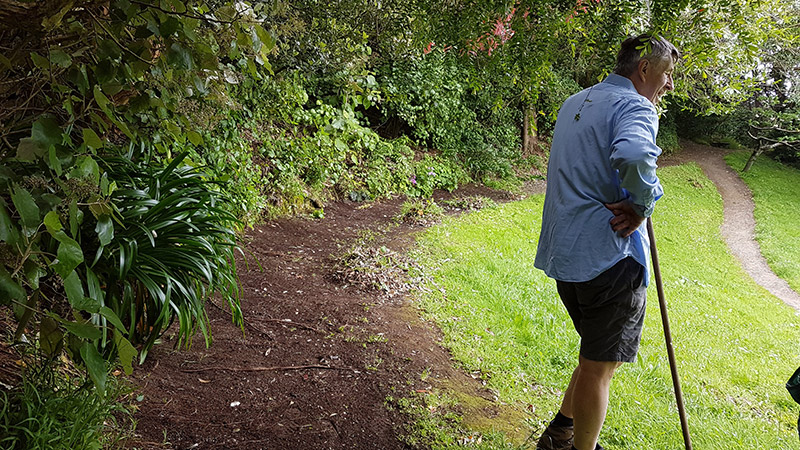
The Council have clearly taken notice of the community interest in the park – there has been substantial clearing of undergrowth and mowing of the lawns done since our first Working Bee on 8 June 2019. They have been held since then at approximately monthly intervals.
These make for very pleasant morning outings. You gain additional insights to this asset on our doorsteps and meet others who also care about it. Your contributions reap immediate rewards as you see what changes can be made over 120 minutes. And it’s great to meet others with a natter over a cup of tea/coffee (usually around 11AM).
Since our First Working Bee in June 2019 progress has been made on:
• clearing tradescantia/wandering willie and other weeds from a strip along the lower edge of the lawn north of the Park Street steps,
• tidied the path at the upper edge of this lawn and
• cleared more of the former lawn area north and adjacent to Grant Road.
There is still lots of work to be done – picking up rubbish, trimming back the undergrowth that intrudes onto various tracks, and further on clearing of areas that used to be lawn and have become covered in tradescantia (wandering willie) and other weeds.
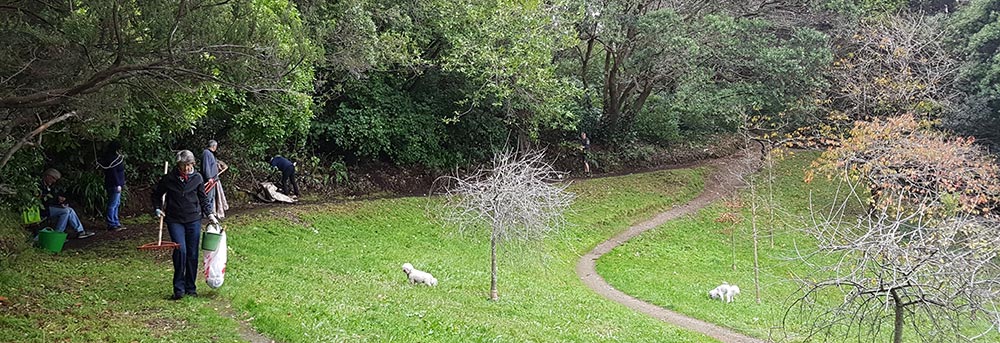
THE BEGINNING OF THE QUEENS PARK WORKING BEE INITIATIVE
There will be very few people who know much about Queens Park – the oldest of Thorndon’s parks, developed in the 1890s from a bare area of Town Belt.
The Wellington City Council named this part of the Town Belt “Queens Park” to commemorate Queen Victoria’s diamond Jubilee in 1897. The Queen would now not be amused at the park’s state and the neglect that it has suffered over the past decades.
Queens Park
This could be an amenity area with its network of paths and park areas, for use by residents of Thorndon, workers in Thorndon and the CBD, plus those Wadestown/Wilton residents who walk into the city. At present it is neglected and, without signage, unknown and largely unused. It is time for the park to be restored and I seek support for this from Thorndon Society and Thorndon and Wadestown Residents Associations.
Queens Park is not just the planted corner of Wadestown Road and Grant Road. This area was developed as a garden in the early 1950s in conjunction with the installation of the Nathan Memorial Fountain and was named “Lady Macalister Garden” in 1961, after the wife of the former mayor Sir Robert Macalister.
Queens Park extends north from Lady Macalister Garden and runs between Wadestown Road and Grant Road/Grosvenor Terrace, from Park Street north to the properties on the south of Orchard Street. The park surrounds the properties occupying Town Acres 661, 662 and 663 on the western side of Grant Road.
The park area and original paths are shown in a 1915 map below:
In the 1890s this area was a Victorian promenading park, with planting of exotic trees, shrubs and hedges, with formed paths and entry gates. In the gorge below Wadestown Road and Orchard Street the stream and waterfall would have been a significant feature, reflecting the Victorian interest in wild landscapes. The park was originally planted with conifers and pine trees of various species as well as European deciduous trees, reflecting the ornamental and plantation planting fashions of the time. In the 1940s as some of the conifers matured, a number were removed and replaced with new planting – largely deciduous and native species.
The park still has some very notable deciduous trees – including oak, lime and silver birch trees, along with mature conifer and pine trees, but tree management has ceased so some of the trees are deteriorating and becoming crowded making the tracks through the park dark and unsafe feeling. Overcrowded, dead and fallen trees are readily visible from Grant Road.
Some elements of the reduction of Council attention to the park have been:
- None of the entrances to the park or the paths are marked. The only sign is a single “Queens Park and Goldie’s Brae Reserve” on Lady Macalister Garden opposite Park Street. The maps on the Town Belt signboards do not distinguish Queens Park and show no paths south of Newman Terrace.
- The path around the waterfall from Wadestown Road near Orchard Street had small bridges across the stream above and below the waterfall and a set of timber steps between. These deteriorated and were removed around the 1970s so the path around the waterfall is now very steep and can be dangerously slippery.
- The park had a custodian’s cottage and work depot on Goldie’s Brae – the depot closed in 1993 and the cottage was removed in 1996.
- A small playground with swings and a round-about near the steps between Grant Road and Wadestown Road was removed around the 1970s.
- The annual bedding planting established for the Lady Macalister Garden in the 1960s was substantially reduced and replaced by shrub planting in 1995.
- Lawn mowing of the grassed areas of the park along Grant Road has progressively reduced over the years and, as of 2015 was limited to a six monthly frequency. This has allowed the encroachment of pest weeds which have replaced a substantial proportion of the former lawn areas.
- The spraying of Tradescantia (wandering willy) on the Te Ahumairangi Hill around 2014 excluded the parts of Queens Park with this pest weed, The park also has expanding patches of other pest weeds including asparagus weed and old man’s beard which the Council have not addressed.
It is time to seek a halt to this progressive decline and neglect of the Park. There is a model for the renewal of the park in the work undertaken since 2005 to Central Park in Brooklyn, which involved a Restoration Plan to set the vision for redevelopment and also involved the establishment of a community group – the Friends of Central Park.
The mature European trees and conifers in the park are a distinct feature which is very different to the wider Town Belt – a feature that is not mentioned in the current Town Belt Management Plan. The restoration of the park should recognise and support the retention of these, rather than seeking the regeneration of native forest which is being undertaken to replace the pine plantations on Te Ahumairangi Hill.
There are a number of forthcoming key anniversaries related to the establishment of the park which would reflect a revival of interest in the Park:
- The 200th anniversary of the birth of Queen Victoria will be in 2019
- The 125th anniversary of Queen Victoria’s 1897 Diamond Jubilee will be in 2022.
I would appreciate it if the Residents Association would consider supporting this initiative and encourage the Council to restore Queens Park into the valuable community asset that it could be – something that we can use and enjoy.
